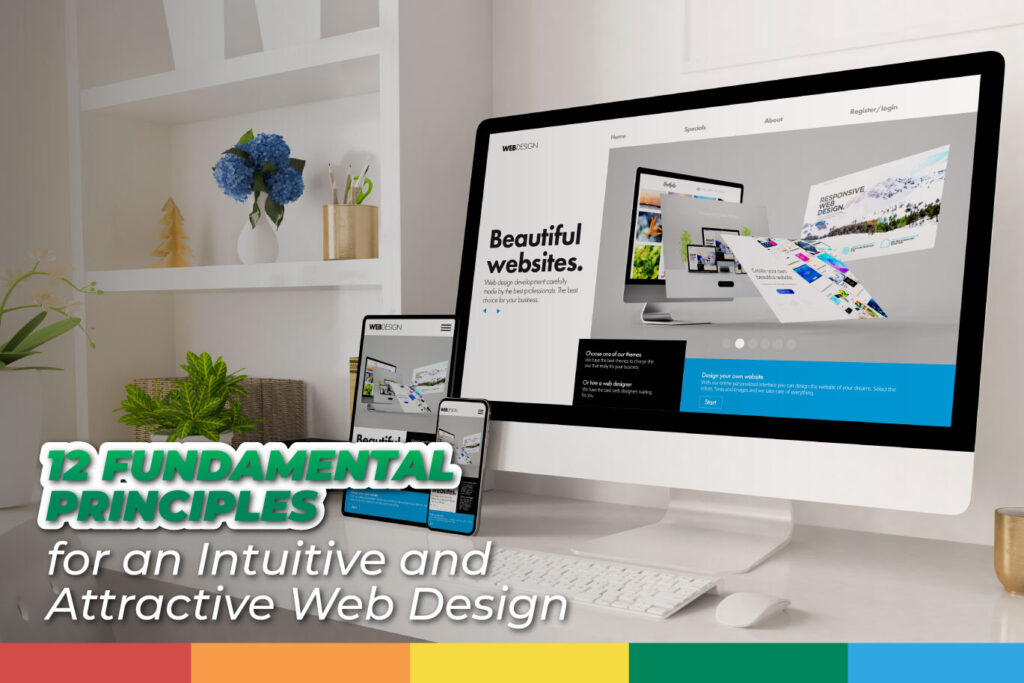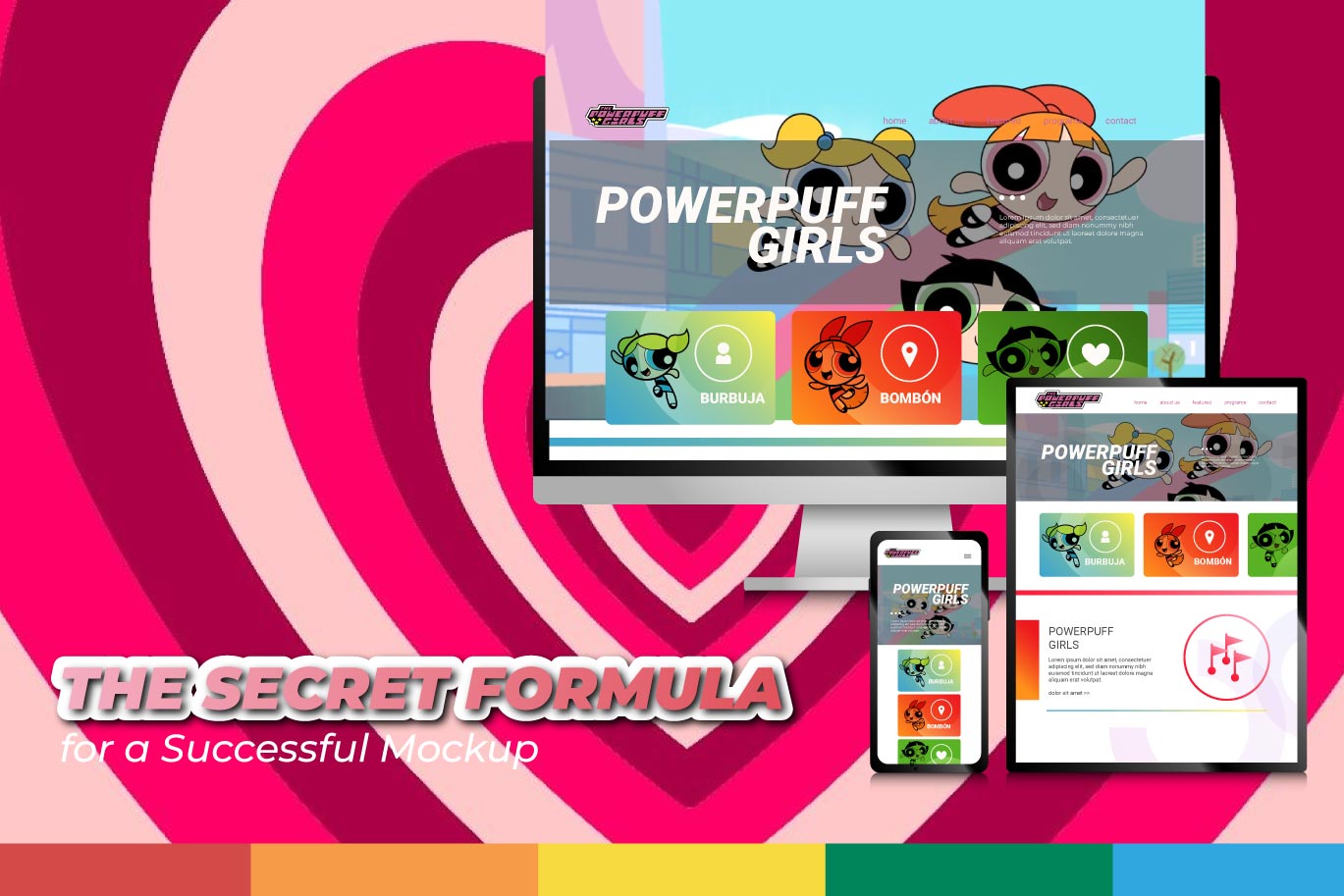In today’s ever-changing world, online presence is crucial for any business or professional looking to stand out and succeed in their market niche. A website is the digital window to your business, and its design is a decisive factor in attracting your target audience. However, many may wonder, what does it mean for your web design to be intuitive and attractive? Essentially, it means making the design as easy and practical for the user as possible, so they don’t have to think too much while navigating it, and ensuring that links to information are clear and specific without losing their essence in quality and modernity.
In this article, we will explore the fundamental principles for creating an intuitive and attractive web design that will leave a positive impression on your business.
1. Know Your Audience
Before starting with the design of your website, it’s essential to understand who you are targeting. What are the needs, desires, and expectations of your target audience? What problems does your product or service solve? Gaining a deep understanding of your audience will help you make more informed design decisions.
2. Responsive Design for a Web Design
Today, most people access websites from mobile devices. Ensure that your web design is fully responsive, meaning it adapts optimally to screens of various sizes, from smartphones to desktop computers to tablets. This ensures a consistent and satisfying user experience on any device.
3. Clarity and Simplicity
Intuitive web design is characterized by simplicity. Avoid information and element overload. Use a clean and organized layout with a logical navigation structure. Menus and buttons should be easy to find and understand. Simplicity in design makes it easier for users to quickly and efficiently find what they are looking for.
4. Typography and Readability
Choosing the right fonts is crucial for readability. Use clear and legible fonts that look good in different sizes and on different devices. Also, pay attention to spacing and text hierarchy to facilitate reading and highlight important information.
5. Colors and Design Palette
Colors have a significant impact on the perception of your website. Choose a color palette that reflects your brand identity and is attractive to your audience. Ensure that colors are used consistently throughout the site and do not distract from the main content.
6. Loading Speed
The loading speed of your website is critical. Visitors don’t want to wait a long time to access content. Optimize images, use compression techniques, and ensure you have reliable hosting to ensure that your site loads quickly.
7. High-Quality Images and Multimedia
High-quality images and videos can make your website more attractive. Use relevant and high-resolution visual content to effectively convey your message. Make sure that images are properly compressed to avoid affecting loading speed.
8. Call to Action (CTA)
Every section of your website should have a clear purpose. Use calls to action (CTAs) to guide visitors toward the action you want them to take, whether it’s subscribing to your newsletter, filling out a form, or making a purchase. CTAs should be visible and appealing.
9. Testing and Continuous Optimization
Effective web design is not static. You should conduct ongoing tests and collect data to identify areas for improvement. Use web analytics tools to understand visitor behavior and adjust your design accordingly.
10. Accessibility
Inclusive web design is essential. Ensure that your site is accessible to people with disabilities, such as the option to increase text size or navigate using screen readers. Compliance with accessibility standards like WCAG (Web Content Accessibility Guidelines) is crucial.
11. Brand Story and Values
Convey your brand story and values through design. Use images and content that reflect your company’s personality. This will help visitors emotionally connect with your brand.
12. Security
Last but not least, security is essential for building trust with visitors. Ensure that your website is protected against cyber threats and use SSL certificates to secure user data.
In conclusion, an intuitive and attractive web design is essential to attract and retain your target audience. By knowing your audience, following effective design principles, and being willing to continually optimize, you’ll be on the right path to improving your business or company in the digital world. Remember that good web design is an investment that can make a difference in the long-term success of your online project. Do not underestimate its importance!”







